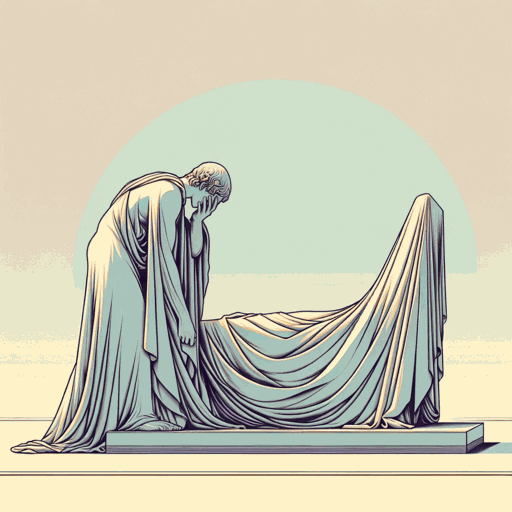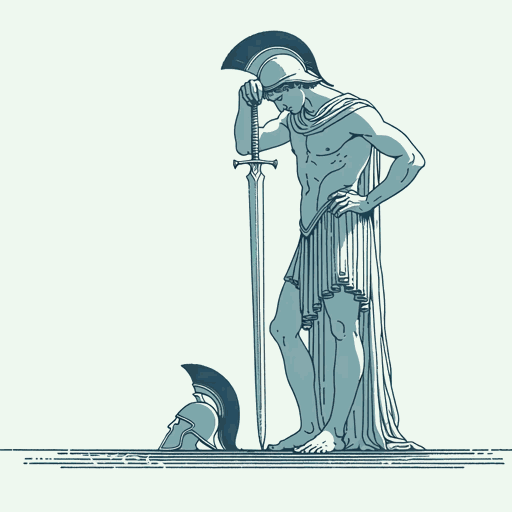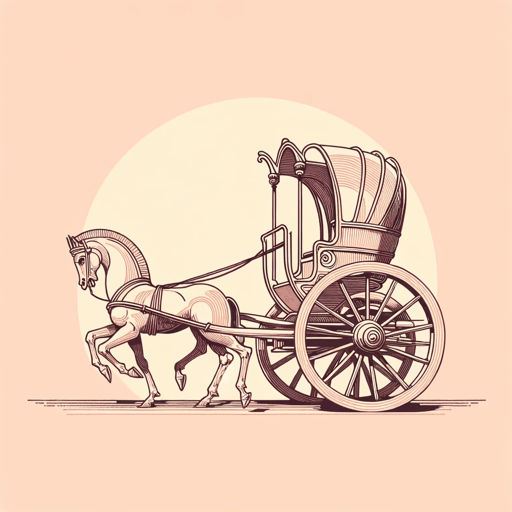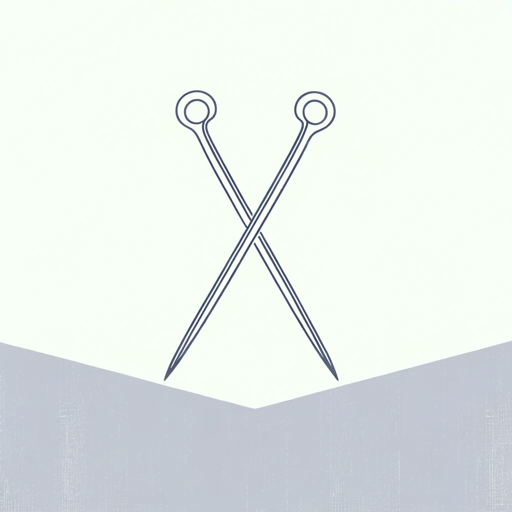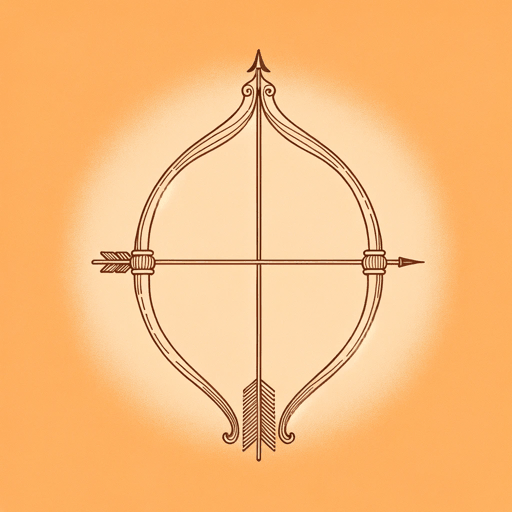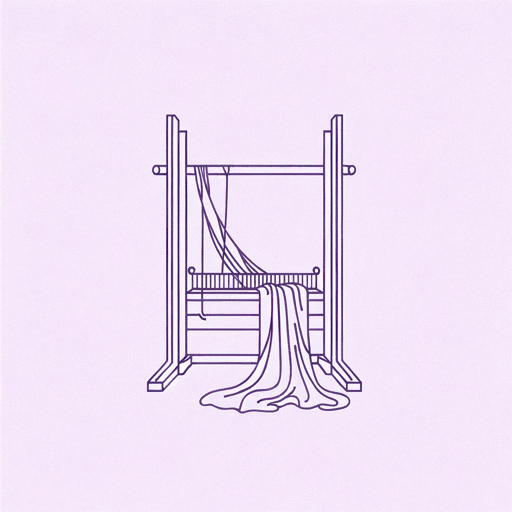71 pages • 2 hours read
SophoclesAntigone
Fiction | Play | Adult | BCEA modern alternative to SparkNotes and CliffsNotes, SuperSummary offers high-quality Study Guides with detailed chapter summaries and analysis of major themes, characters, and more. For select classroom titles, we also provide Teaching Guides with discussion and quiz questions to prompt student engagement.
Symbols & Motifs
Burial, the Grave, and the Underworld
Burial and burial rites were an important part of ancient Greek culture, and the completion of these rites through burial was considered integral to the safe passage of the dead to the underworld. A good Greek citizen must respect death. As Teiresias says, one must “give way to the dead” in order to please the gods (1,090).
In this play, several characters die because of the disrespect of the burial necessities of one character, Polyneikes. In this sense, Polyneikes’ lack of burial essentially digs the grave of several subsequent characters: Antigone, Haimon, and Eurydike. Duty to the dead compels Antigone to seal her own fate. She declares the common Greek ideology that the underworld, though shady and unknown, is a deeper reality than the life lived here on Earth, since the underworld is the domain of both the ancestors and the gods: “I / Must please those down below for a longer time / Than those up here, since there I’ll lie forever (91-93). In burying her brother, Antigone also figuratively buries herself. In refusing this burial, Kreon figuratively buries his wife and son.
Related Titles
By Sophocles
